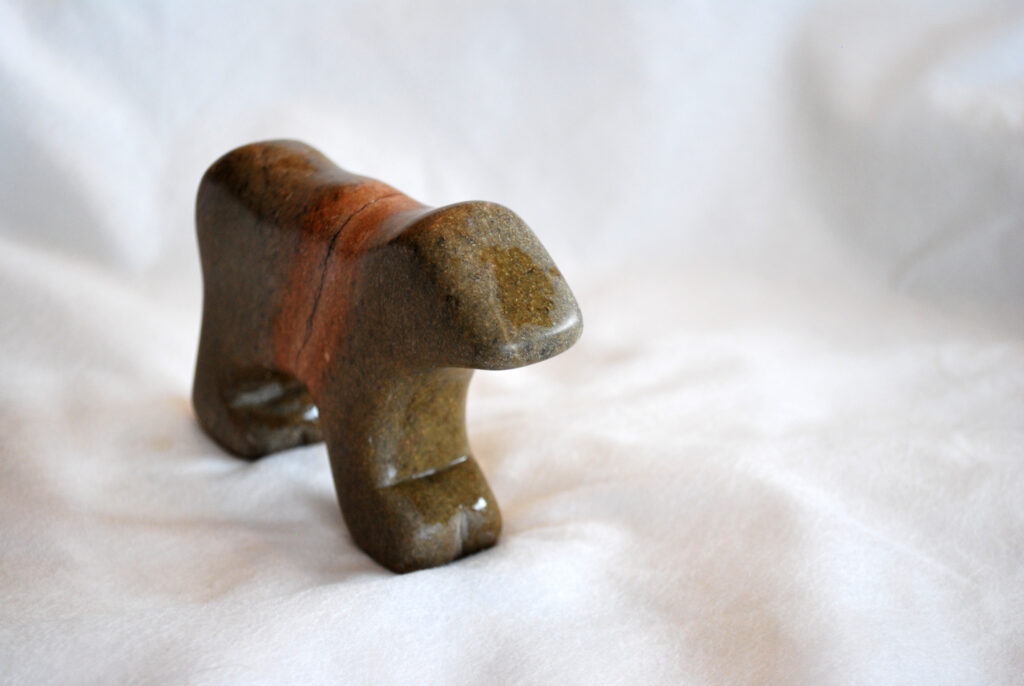Creativity is often regarded as a mysterious, innate talent, possessed by a fortunate few. However, research and experience show that creativity is a skill that can be nurtured and developed through practice, intentionality, and mindset. By embracing a creative approach, we unlock opportunities for new ideas and solutions, enriching both our art and everyday lives.
The Science Behind Creativity
Research indicates that creativity isn’t confined to artists alone; it’s a cognitive skill accessible to everyone. According to a study published in Frontiers in Psychology, creativity involves both divergent and convergent thinking. Divergent thinking is the ability to generate many solutions to a problem, while convergent thinking involves refining and narrowing down those ideas to a viable solution (Runco, 2008). Sculpting, for instance, uses both processes—artists first envision various forms and shapes the stone might take (divergent) and then narrow down their choices to craft a specific design (convergent).
Moreover, neuroscientific studies show that engaging in creative activities activates the brain’s default mode network (DMN), associated with self-reflection and internal thought processes, and the executive control network (ECN), which manages focus and decision-making (Beaty et al., 2018). This interplay not only enhances our capacity to create but also strengthens cognitive flexibility and problem-solving abilities, skills transferable to any field.
Creativity in Sculpting
When sculpting, creativity is present in every decision made, from the selection of the stone to each deliberate chisel stroke. The sculptor must visualize potential forms within the raw material, adapt to its unique texture, and continuously evaluate the process as the piece evolves. It’s a dynamic relationship that requires flexibility, patience, and the willingness to experiment—qualities that embody creativity.
The process is also profoundly mindful; sculptors become deeply attuned to the stone’s characteristics, merging thought and action in a state of flow. Flow is a psychological state where one is fully immersed in an activity, leading to peak creativity and productivity (Csikszentmihalyi, 1990). Engaging in such states not only enhances artistic expression but also builds a stronger connection to the self, reinforcing personal growth and resilience.
Applying Creativity Beyond the Studio
Creativity isn’t confined to art; it plays a crucial role in problem-solving, innovation, and personal growth. Developing a creative mindset means approaching challenges with an open and curious attitude, seeking innovative ways to navigate obstacles. For example, when faced with a work dilemma or a life decision, using creative thinking techniques—like brainstorming multiple solutions or reframing the problem—can lead to breakthroughs.
Businesses, too, benefit from cultivating a creative culture. Research by IBM’s Global CEO Study found that 60% of executives identified creativity as the most crucial leadership quality for success, more important than discipline or vision (IBM, 2010). Encouraging creative thinking fosters an environment where innovative ideas flourish, leading to higher adaptability and growth.
Cultivating Creativity in Daily Life
To cultivate creativity, we must allow ourselves the space and freedom to explore. Simple practices like journaling, sketching, or engaging in new experiences can stimulate our creative muscles. Mindfulness and meditation, too, play an essential role by quieting the mind and fostering openness, making us more receptive to novel ideas. When these practices are integrated into our routines, we become more flexible, resilient, and capable of seeing the world—and its challenges—from new angles.
Incorporating creativity into our daily lives not only enhances artistic expression but empowers us to thrive in an ever-changing world.
References
• Beaty, R. E., Benedek, M., Kaufman, S. B., & Silvia, P. J. (2018). Default and Executive Network Coupling Supports Creative Idea Production. Scientific Reports, 8(1). doi:10.1038/s41598-018-21974-9
• Csikszentmihalyi, M. (1990). Flow: The Psychology of Optimal Experience. Harper & Row.
• IBM (2010). Capitalizing on Complexity: Insights from the Global Chief Executive Officer Study. IBM Institute for Business Value.
• Runco, M. A. (2008). Divergent Thinking Is Not Synonymous with Creativity. Psychology of Aesthetics, Creativity, and the Arts, 2(2), 93-96. doi:10.1037/1931-3896.2.2.93


